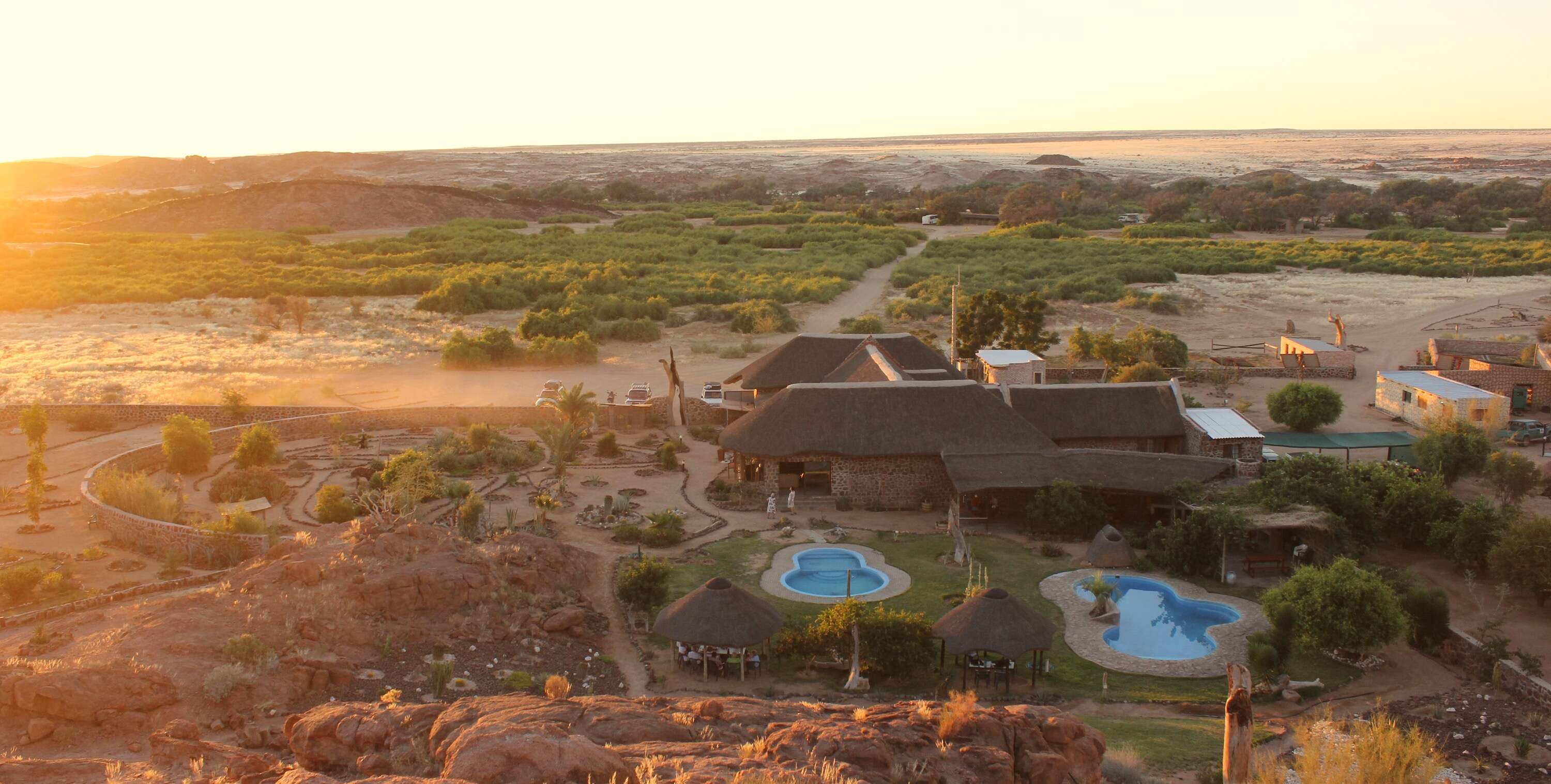
Tourism plays a significant role in the Namibian economy, and community-based tourism presents a promising pathway for enhancing local livelihoods and fostering long-term resilience.
Community-Based Tourism (CBT) promises a path for local communities to take control of tourism activities, ensuring that benefits directly contribute to their development. Namibian communities engaged in the national Community-Based Natural Resource Management (CBNRM) programme are well placed to benefit from sustainable tourism. However, challenges such as lack of capital, infrastructure, and expertise have limited the extent to which communities can independently thrive in this industry. As these communities stand at a crossroads, they must decide whether to continue with current private sector partnerships, take full control of tourism, or pursue a hybrid approach that combines both. Each option presents unique opportunities and obstacles, but the hybrid model, which emphasises capacity building and diversification, may offer the most sustainable and empowering path forward.
What is Community-Based tourism?
CBT is a form of tourism where local communities have significant control over the development and management of tourism activities. It focuses on ensuring that the benefits of tourism flow directly to the community, promoting sustainable development, cultural preservation, and environmental conservation.
By definition, revenue generated from community-based tourism must directly benefit the entire community where the tourism takes place. In the Namibian context, communities are represented by local leaders elected to the committee of communal conservancies. These community-based organisations control how the profits are shared amongst community members and used for local development projects. The CBNRM programme aligns closely with the principles of CBT, as it was established to empower rural communities to manage and benefit from their natural resources. This programme encourages the sustainable use of natural resources and fosters economic development through activities such as tourism.
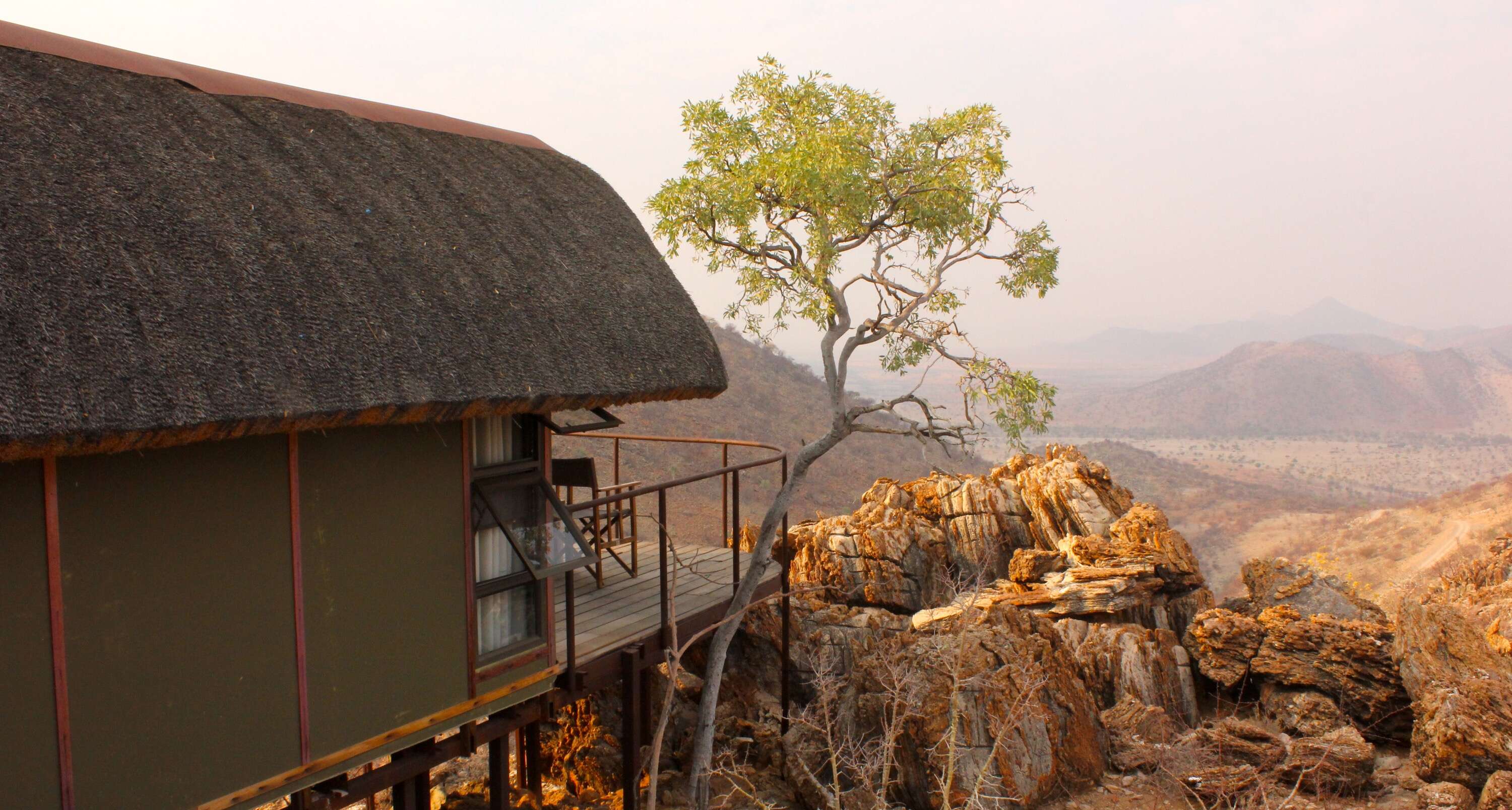
CBT is often hailed as a sustainable approach that empowers local communities and ensures equitable distribution of tourism benefits. However, many still ask why communities are not gaining more from photographic and hunting tourism taking place in their conservancies.
Why Aren't Communities Getting More Out of Tourism?
A major obstacle for rural communities in developing tourism ventures is the lack of capital and infrastructure. Establishing lodges, camps, and essential facilities requires significant financial investment, which many communities cannot afford. Additionally, the development of necessary infrastructure like roads, water supply, and electricity is costly and often requires external support. Reaching international tourists is another challenge. Effective marketing, including digital strategies and participation in international tourism fairs, demands expertise and resources that local communities often lack. Competing with established private sector companies, which have strong brands and loyal customer bases, is difficult for new community-run enterprises.
Operating a lodge or camp involves complex tasks such as guest services, food and beverage management, housekeeping and maintenance, which require efficient management and skilled personnel. Many rural communities lack the operational expertise and trained staff needed to manage lodges and camps. Navigating the regulatory environment, including obtaining permits, adhering to conservation laws and ensuring safety standards further adds to the complexity. Managing logistics, such as supply chains, is also challenging without established networks. These financial, operational and regulatory challenges significantly hinder the ability of rural communities to develop and sustain successful tourism ventures independently.
To overcome these challenges, most conservancies enter joint-venture partnerships with experienced commercial entities that run tourism and hunting operations elsewhere in Namibia or Africa. These companies are not charities – they must make a profit from their operations – meaning that conservancies are limited to a portion of the profit. The question is, will conservancies always rely on commercial partners, or is there a way for them to develop their own tourism concepts and products?
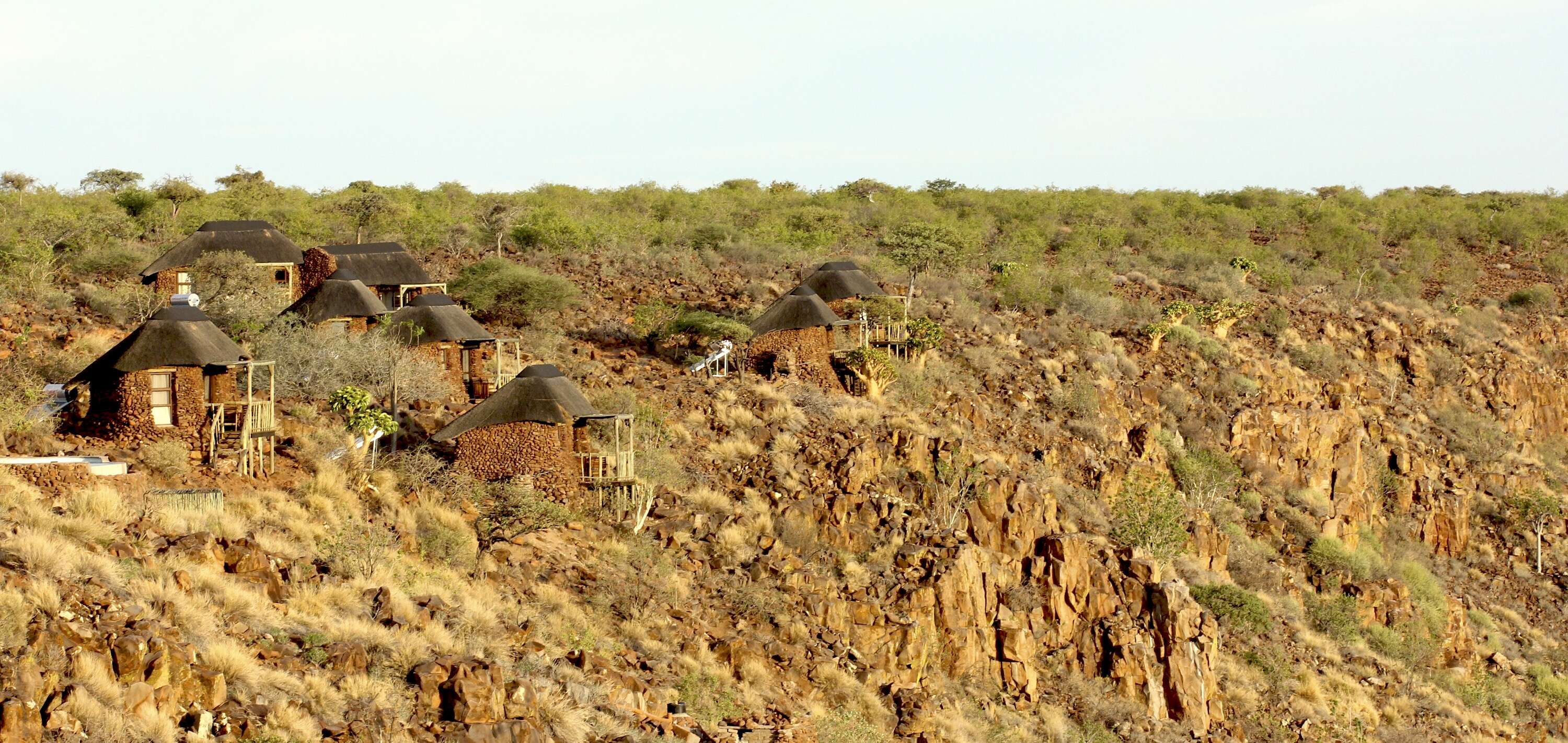
Evaluating Options for Sustainable Development
CBT in Namibia is at a crossroads, with several potential pathways for moving forward. Each option presents unique opportunities and challenges. The three main options are: continuing with the current model, taking over the tourism and hunting industries entirely, or a hybrid approach that combines private sector collaboration with increased community involvement and diversification into other industries.
Continuing with the current model of partnerships between community businesses and the private sector can be both beneficial and challenging. On the one hand, private sector partners bear the financial and operational risks associated with tourism and hunting enterprises. This allows communities to receive immediate benefits such as job opportunities, infrastructure development, and sometimes revenue-sharing agreements without needing to invest significant capital. Private partners also bring expertise, marketing reach, and resources that communities may lack. However, there are challenges to these partnerships. Communities do not receive 100% of the profits, limiting their financial gains. Continued reliance on private partners can perpetuate dependency and limit community autonomy. Additionally, private partners often hold more power in decision-making, which can result in unequal benefit distribution.
If communities take over the tourism and hunting industries, they can retain all profits from these activities, potentially increasing local wealth. Complete control over tourism operations empowers communities and enhances self-sufficiency, allowing for more direct economic benefits and job creation within the community. However, building and maintaining lodges, camps, and other infrastructure requires significant investment, which may be challenging for communities to secure. Additionally, communities may lack the necessary skills and experience to manage all aspects of tourism and hunting operations effectively. Competing in the global tourism market requires substantial marketing efforts and network access, which can be difficult to achieve independently.

The hybrid approach will allow for the private sector partners to continue sharing financial and operational risks while communities gain more control and skills. Communities can receive training and exposure in areas currently dominated by private partners, such as marketing and operations. Other compatible industries, such as carbon and biodiversity credits, agritourism, and craft industries, can be developed. This can then generate additional income streams. However, negotiating better terms and increased involvement requires effective advocacy and may face resistance from private partners. Implementing this approach requires time and effort to build capacity and develop new industries, with benefits not being immediate. Ensuring that both private partners and community interests are aligned and mutually beneficial can be challenging.
Implementing the Hybrid Approach: Steps Forward
To make community-based tourism sustainable and fair, it's important to take a strategic approach. First, community members need training in marketing, guest relations and operations so they can take on bigger roles in running tourism businesses. Getting involved in international tourism expos and industry events, alongside private partners, will help them learn more about global market trends. It is also crucial to have programs that help transfer skills from private partners to the community, especially in areas like financial management, customer service and sustainable practices. These programs will ensure communities can manage their resources well, offer great services to tourists and protect their environment.
Securing legal rights to land and recognising the community's ability to manage and benefit from their resources are other essential steps. This legal backing allows communities to control their land and create plans that balance tourism with conservation. Exploring projects like carbon and biodiversity credits can bring in extra income while supporting conservation. In the meantime, diversifying income through agritourism, cultural tourism, and selling local crafts and products will help strengthen the local economy and increase the community members’ experience with tourism.
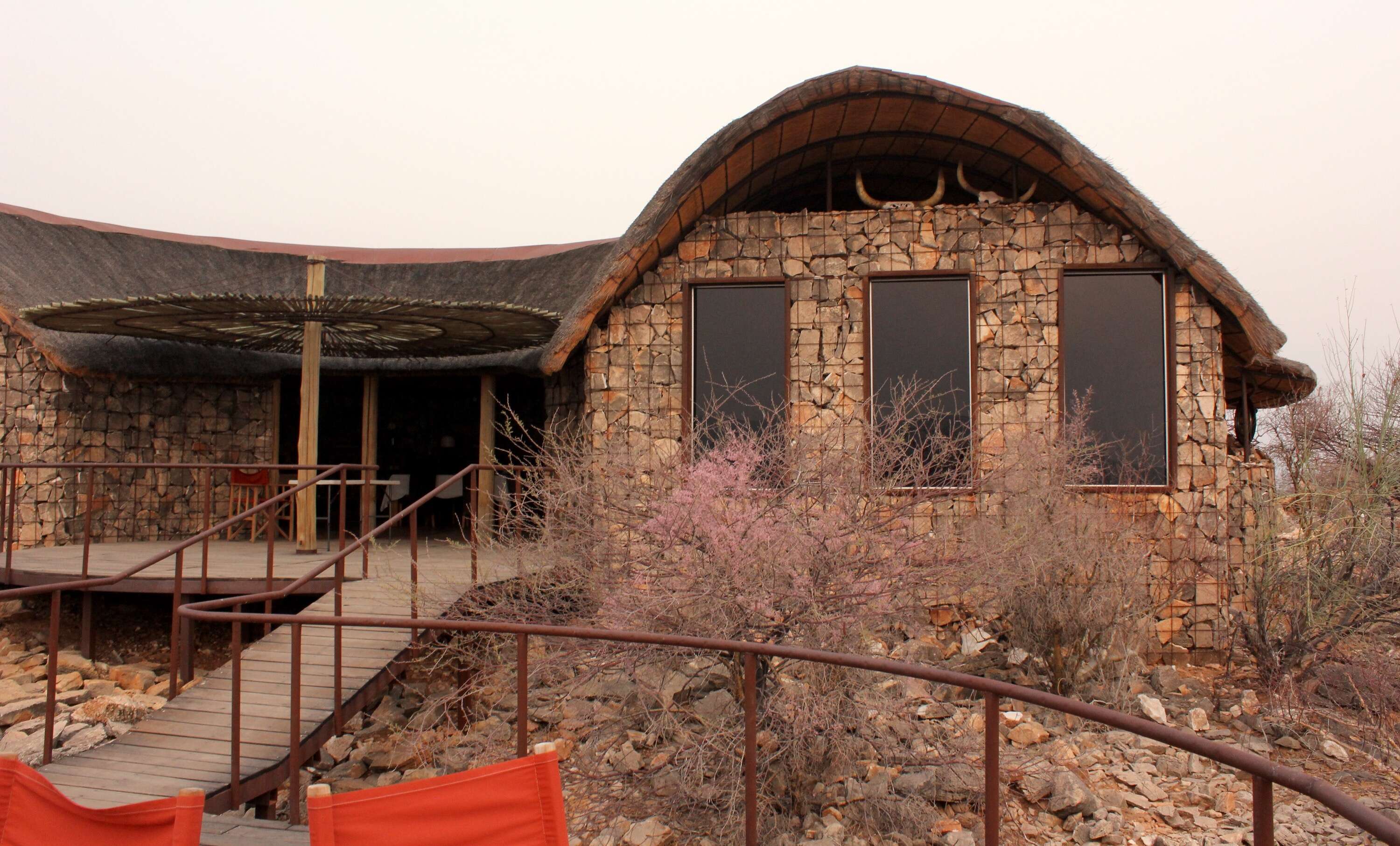
Finally, negotiating better revenue-sharing agreements with private partners ensures that communities get a fairer share of the profits. Shareholding arrangements are one way of achieving this, whereby the community holds shares in a company that manages the lodge or hunting camp. Partnering with local and international non-governmental organisations and academic institutions can also provide valuable expertise and resources, helping communities better manage and benefit from tourism and related industries.
Conclusion
Navigating the complexities of community-based tourism in Namibia requires a thoughtful and balanced approach. While the current model with private sector partnerships offers immediate benefits and risk mitigation, it limits community profits and autonomy. A complete takeover by communities presents significant challenges in terms of capital, skills and market access. The hybrid approach, which combines private sector collaboration with enhanced community involvement and economic diversification, appears to be the most feasible and sustainable pathway. By focusing on capacity building, securing land tenure, diversifying income sources and strengthening partnerships, communities can achieve greater empowerment, economic stability and sustainable development in the tourism sector.
If you enjoyed this page, then you might also like:


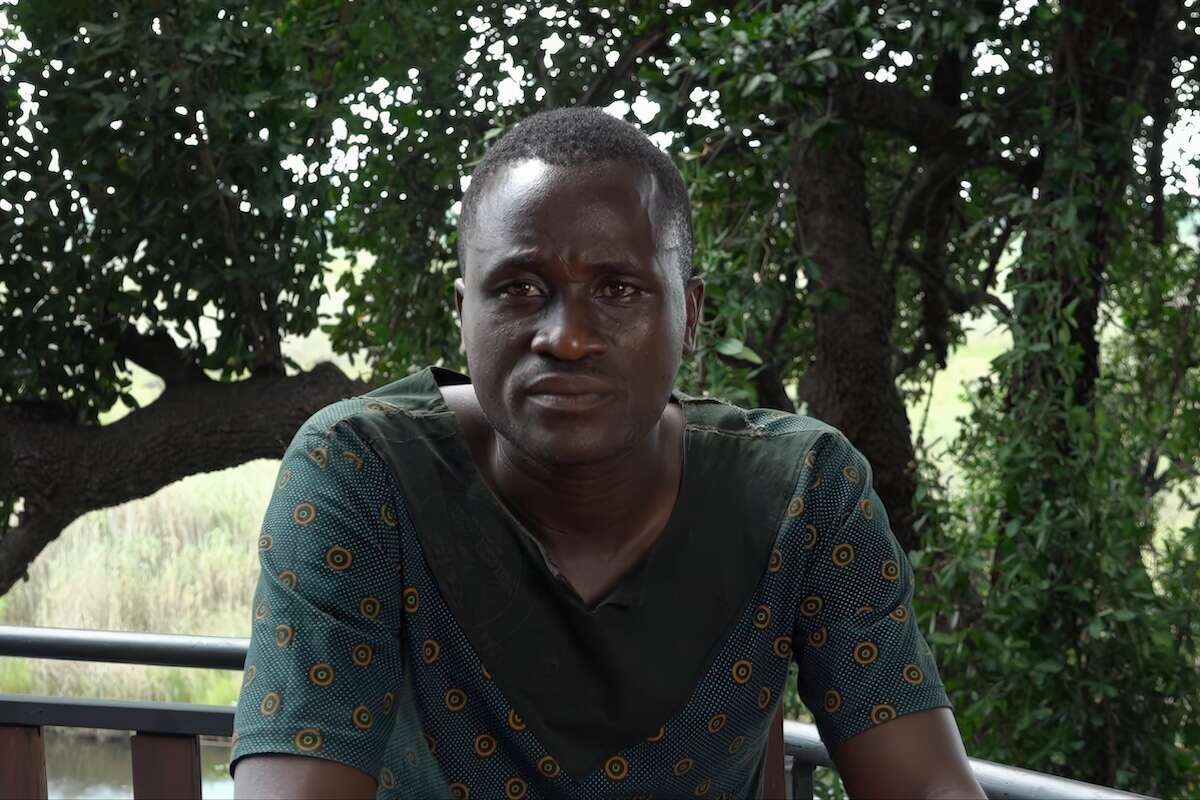
For articles on similar topics, please click one of the following options:

We use cookies to monitor site usage and to help improve it. See our Privacy Policy for details. By continuing to use the site, you acknowledge acceptance of our policy.